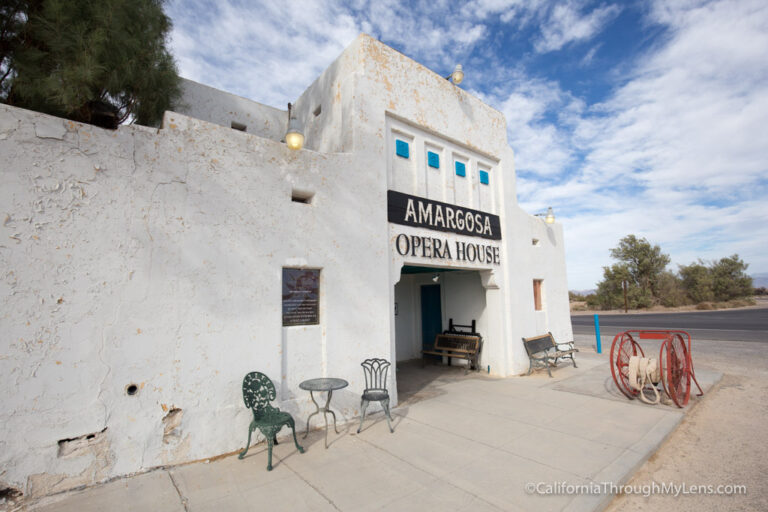

By 1920, it was close to zero.Īfter 1920, Rhyolite and its ruins became a tourist attraction and a setting for motion pictures. By this time, many out-of-work miners had moved elsewhere, and Rhyolite's population dropped well below 1,000. By the end of 1910, the mine was operating at a loss, and it closed in 1911.

When the study's findings proved unfavorable, the company's stock value crashed, further restricting funding. In 1908, investors in the Montgomery Shoshone Mine, concerned that it was overvalued, ordered an independent study.

The 1906 San Francisco earthquake and the financial panic of 1907 made it more difficult to raise development capital. After the richest ore was exhausted, production fell. Rhyolite declined almost as rapidly as it rose. Published estimates of the town's peak population vary widely, but scholarly sources generally place it in a range between 3,500 and 5,000 in 1907–08. By 1907, Rhyolite had electric lights, water mains, telephones, newspapers, a hospital, a school, an opera house, and a stock exchange. Schwab bought the Montgomery Shoshone Mine in 1906 and invested heavily in infrastructure, including piped water, electric lines and railroad transportation, that served the town as well as the mine. Many settled in Rhyolite, which lay in a sheltered desert basin near the region's biggest producer, the Montgomery Shoshone Mine. During an ensuing gold rush, thousands of gold-seekers, developers, miners and service providers flocked to the Bullfrog Mining District. The town began in early 1905 as one of several mining camps that sprang up after a prospecting discovery in the surrounding hills. It is in the Bullfrog Hills, about 120 miles (190 km) northwest of Las Vegas, near the eastern boundary of Death Valley National Park. Rhyolite is a ghost town in Nye County, in the U.S.


 0 kommentar(er)
0 kommentar(er)
